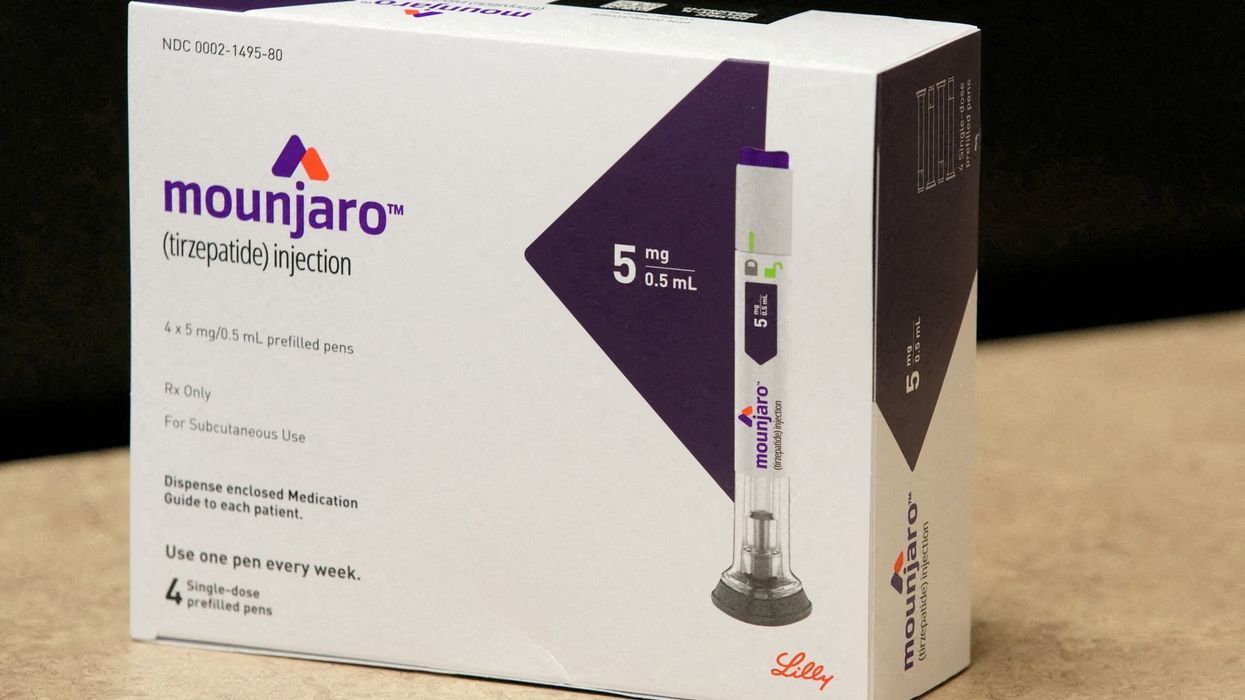Leasehold and Free Hold properties differ based on ownership. The house owner gets indefinite ownership in a Free Hold property. In contrast, a leasehold property is under a lease for a certain period.
Leasehold Property has the right to use assets. The right is conferred based on a lease agreement. This agreement is temporary, and the property returns to the lessor after the lease term. This post will explain the major differences between lease and freehold property.
Definition of Free Hold Property
Free Hold Property, as the name suggests, is free from any hold. It means that the property owner has complete rights over it. The property owner can use such property for any use, provided it is as per the rules and regulations of the state.
Ownership of Free Hold Property is in the property owner's name. They have the right to sell, dispose of, or alter the property in part or entirety.
Free Hold Ownership of a house or building includes land ownership. However, Free Hold ownership of a flat or apartment means you own the internal part of the apartment while the common area is shared with other apartment owners.
Definition of Leasehold Property
Leasehold Property exists based on a lease agreement. The lessor is the owner of the Free Hold property, while the lessee is the person having the leasehold property. A lease Agreement's validity is for a stipulated period only. And a stipulated amount of money is required per the lease consideration.
After the completion of the lease term, the property reverts to the lessor, i.e., the Free Holder. The value of a leasehold property is determined based on the length of the lease. The longer the lease period, the greater its value will be.
Major Differences between Leasehold Property and Free Hold Property
Period of Ownership
In Leasehold Property, the lessor obtains the right to use, mortgage, rent, and transfer for a limited time. The lease term may vary from 30 years to 999 years. However, in most cases, it is 99 years. In contrast, Free Hold property ownership is for an indefinite period and such property is also feasible to get a Loan Against Property.
Periodic Lease Payment
In a leasehold property, the lessee must make periodic lease payments as per the agreement. And in some cases, an upfront amount needs to be paid at the start of the lease. Whereas only a nominal amount is required for a free hold property. The Home Loan interest rate also differs from one circumstance to the other.
Maintenance
In a leasehold property, the lessor (owner of the property) has the responsibility of maintenance. Also, the common infrastructure is taken care of by the lessor. However, in a leasehold property, the owner has to pay for the maintenance.
Change in Interior
Leasehold property owners can carry out changes in the interior of the building but with certain restrictions. In contrast, the Free Hold property owner has the absolute right and responsibility to maintain the property.
Conclusion
The major difference between leasehold and Free Hold property is ownership entitlement. While leasehold property ownership is temporary, Free Hold property ownership is eternal.
Apart from these, other factors play a major role in differentiating these two, including the extension details. When it comes to leasehold properties, the owner has to pay the required amount to extend the lease of their property. And in the case of Free Hold properties, the lease period remains indefinite since the land already belongs to the owner. Also, when it comes to leasehold properties, the transfer of property becomes difficult since the procedure has to be completed through attorney power which the lessee doesn't have.
Take care of these major differences between leasehold and freehold property while buying a house/apartment.

















Police may probe anti-Israel comments at Glastonbury